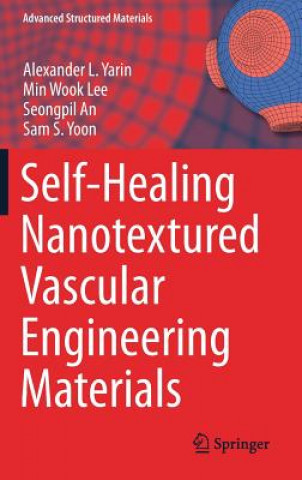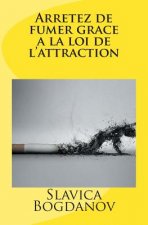
Livrare
Consilier de cumpărături





Nu se pretează? Nu contează! La noi puteți returna bunurile în 30 de zile
 Voucher cadou
orice valoare
Voucher cadou
orice valoare
Cu un voucher cadou nu veți da greș. În schimbul voucherului, destinatarul își poate alege orice din oferta noastră.
Self-Healing Nanotextured Vascular Engineering Materials
 engleză
engleză
 318 b
318 b
30 de zile pentru retur bunuri
Ar putea de asemenea, să te intereseze


The book begins with the Introduction, which gives an overview of the existing self-healing approaches and traces them back to the naturally healing tissues, e.g. human tissues and bones. Thus, the idea of biomimetic approach to development of self-healing engineering materials is introduced. The first offspring of the biomimetic approach to composite engineering materials was based on microcapsules containing healing agents, which were released by propagating cracks, thus healing them. The benefits and drawbacks of the microcapsule-based approach are discussed. Namely, the relatively large scale of such microcapsules and difficulties in their manufacturing led to the appearance of nano-textured vascular composites, based on core-shell nanofiber network filled with healing agents, which can be released by propagating cracks and heal the latter. These nano-textured vascular self-healing materials are in focus in the present book. The Introduction is followed by four Parts, each one of them consisting of several Chapters. Part I begins with the description of the healing agents used in the engineering self-healing materials. This Chapter 2 of Part I is mostly chemical in nature. The following Chapter 3 is devoted to the fundamental physico-chemical phenomena accompanying self-healing, namely spreading of the released drops of healing agents, their mixing, polymerization, stitching the cracks and restoring mechanical strength. This Chapter involves some theoretical aspects dealing with drop spreading and imbibition in porous nanofiber mats, as well as the experimental observations which employ macroscopic models of self-healing materials. Part II of the book deals with fabrication methods used to form core-shell nanofiber mats, with the cores containing healing agents, namely electrospinning and co-electrospinning, emulsion spinning, solution blowing, etc. (Chapter 4). It also describes (in Chapter 5) the characterization methods used to detect the presence and release of the encaged healing agents on the nanometer scale. The following Part III begins with Chapter 6 where the fundamental theoretical aspects of fracture mechanics are outlined. Namely, a brief theoretical description of cracks in brittle elastic materials is given and the fundamentals of the Griffith approach based on the surface energy are introduced. The fracture toughness of the Mode I, II and II cracks is described, and viscoelastic effects are included. Theoretical description of critical (catastrophic) and subcritical (fatigue) cracks and their propagation is also tackled. The adhesion/cohesion energies are introduced as well, and the theory of the blister test for two limiting cases of stiff and soft materials is developed. Also, the effect of non-self-healing nanofiber mats on toughening ply surfaces in composites is discussed. Then, in Chapter 7 in this Part, the experimental data acquired with self-healing nano-textured vascular materials in tensile, bending, impact and blister tests is in focus. The interpretation of these results is based on the previously introduced theory and allows one to elucidate to what extent such mechanical properties as stiffness and adhesion/cohesion energy are restored in self-healing nano-textured vascular materials. Part IV begins with Chapter 8 with a brief description of the electrochemical theory of growth of corrosion cracks. Then, the discussion turns to the representative extrinsic self-healing techniques developed in the last decade, with the capsule (Chapter 8) and the hollow fiber-based (Chapter 9) self-healing approaches being in focus. Such physico-chemical approaches are expected to effectively replace or supplement the existing corrosion-protection methods. In addition, the implementation of the micro- and nano-scale material fabrication techniques is discussed, including, for example, such modifications as the interfacial polymerization,
Informații despre carte
 engleză
engleză




 Cum să cumpăr
Cum să cumpăr




















